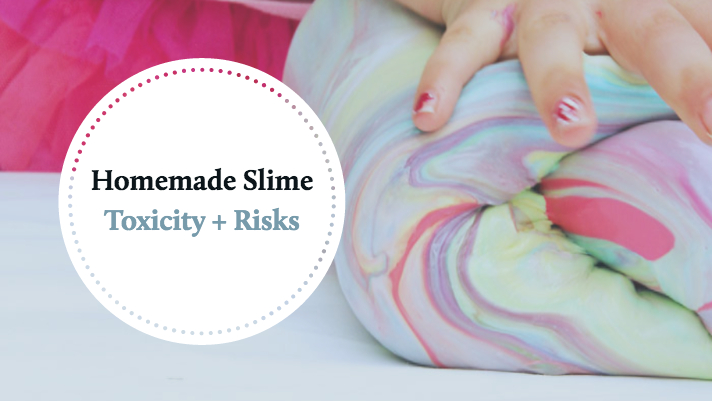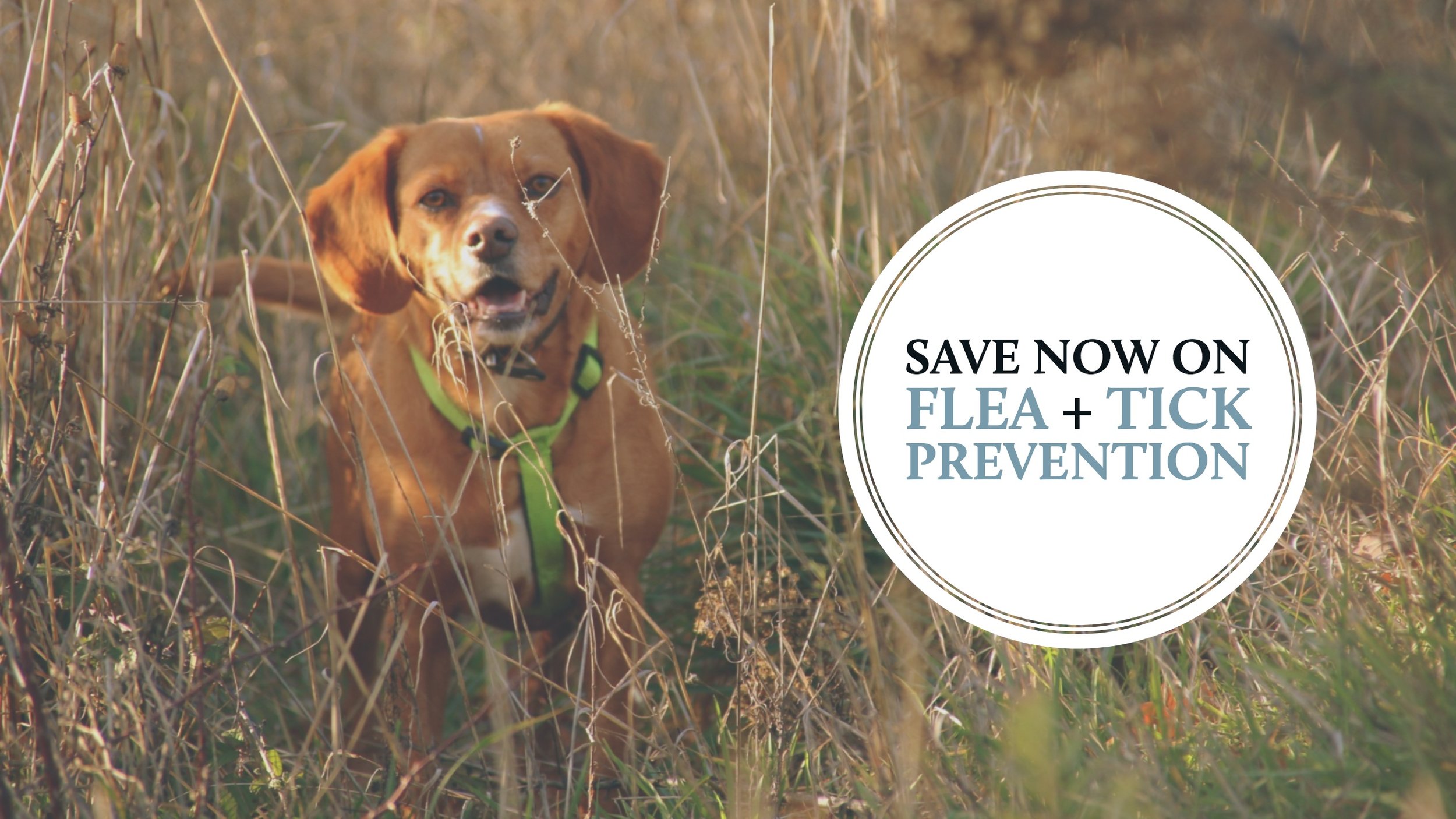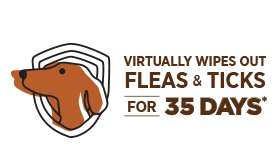It’s natural to want to ease your pet’s pain if they are experiencing illness or discomfort. But before you act, you must be aware that common medications used for adults and even children can be toxic and even fatal to your pet.
It is always recommended that you contact your veterinarian before administering any medications to your pets. It could be the difference between life and death.
Danger Lurks in the Medicine Cabinet
Tylenol: Acetaminophen, the active ingredient in this pain reliever, is very toxic in cats. The drug interferes with oxygen uptake in the blood of cats and can result in death if not treated promptly. Acetaminophen (also used in Excedrin and other aspirin-free drugs) can be used in dogs, but there is a fine line between the effective dose and the toxic dose. Consult with your veterinarian. Acetaminophen overdose in dogs can cause severe liver damage.
Aspirin: This drug is also very toxic to cats except in a very low dose. At times, veterinarians will use aspirin as an anticoagulant for cats with heart disease. This should only be done under a veterinarian’s supervision, as aspirin can be fatal. Dogs can tolerate this drug, and veterinarians will sometimes recommend it for use as a pain reliever. Chronic use of the drug produces side effects.
Ibuprofen: This is the active ingredient in over-the-counter medications such as Advil, Motrin, and "cold and flu" medications, and is a non-steroidal anti-inflammatory (NSAID). This drug is never recommended for cats or dogs, as it can result in severe gastric ulcers or acute kidney failure. Accidental ingestion should be treated immediately. Ibuprofen and other human NSAIDS should never be used in pets, as there are veterinary specific NSAIDS that are less toxic. Drugs like Rimadyl, Deramaxx, and Meloxicam are veterinary prescribed NSAIDS, and are much safer for pets.
Naproxen: This is the active ingredient in Aleve or Anaprox, and is a very potent NSAID. Even the smallest of doses can result in severe symptoms of gastric ulcers, stomach perforations, or acute kidney failure in animals, and should never be used in animals.
DID YOU KNOW?
Ibuprofen and acetaminophen are two of the most common pet poisons.
Over-The-Counter Products to Skip
Tear supplements with antibiotics: Dogs with chronically dry eyes (commonly a problem in short-faced dogs with protruding eyes) need tear supplements to help with lubrication and keep them comfortable. But read the label: Some of these products contain neomycin, an antibacterial that should be administered under the advice of your veterinarian only.
Alcohol-based ear treatments: Alcohol burns and inflames the sensitive tissues of the ear canal while drying them out, which actually makes problematic ears worse. And yet, a quick internet search will show you all kinds of “home remedy” sites encouraging its use. (Along with gentian violet, another Internet “cure” that’s not recommended by veterinarians.) If your pet has an ear infection, you need to take him to your veterinarian. After that is resolved, you can use a veterinary-recommended cleaner on a regular basis to help keep the ears clean and healthy.
Hydrogen peroxide: While commonly, effectively and safely used to induce vomiting in dogs, hydrogen peroxide should not be used on wounds. The fizz created when it interacts with tissue makes it seem like something good is happening, hydrogen peroxide, in fact, inflames the healthy skin around a wound, which increases healing time. However, recent studies have shown that it’s not even an effective antibacterial.
Steroid creams: We all know how miserable itching makes us, and when your dog is scratching, you’re almost as miserable as they are, just from watching and listening. But don’t just slap a steroid cream on the itchy spot; you may be making an infection worse, or you may just be wasting your money. Your veterinarian has many ways to help stop the itch, but the problem needs to be correctly diagnosed before any of them will work properly.
What to Do If Your Pet Is Poisoned
If you suspect that your pet has been poisoned by a medication, call your veterinarian immediately. If your veterinarian is not available, call an animal poison control. There is often a charge with these services, but paying a minimal fee could save your pet’s life.
Pet Poison Helpline: 1-800-213-6680











